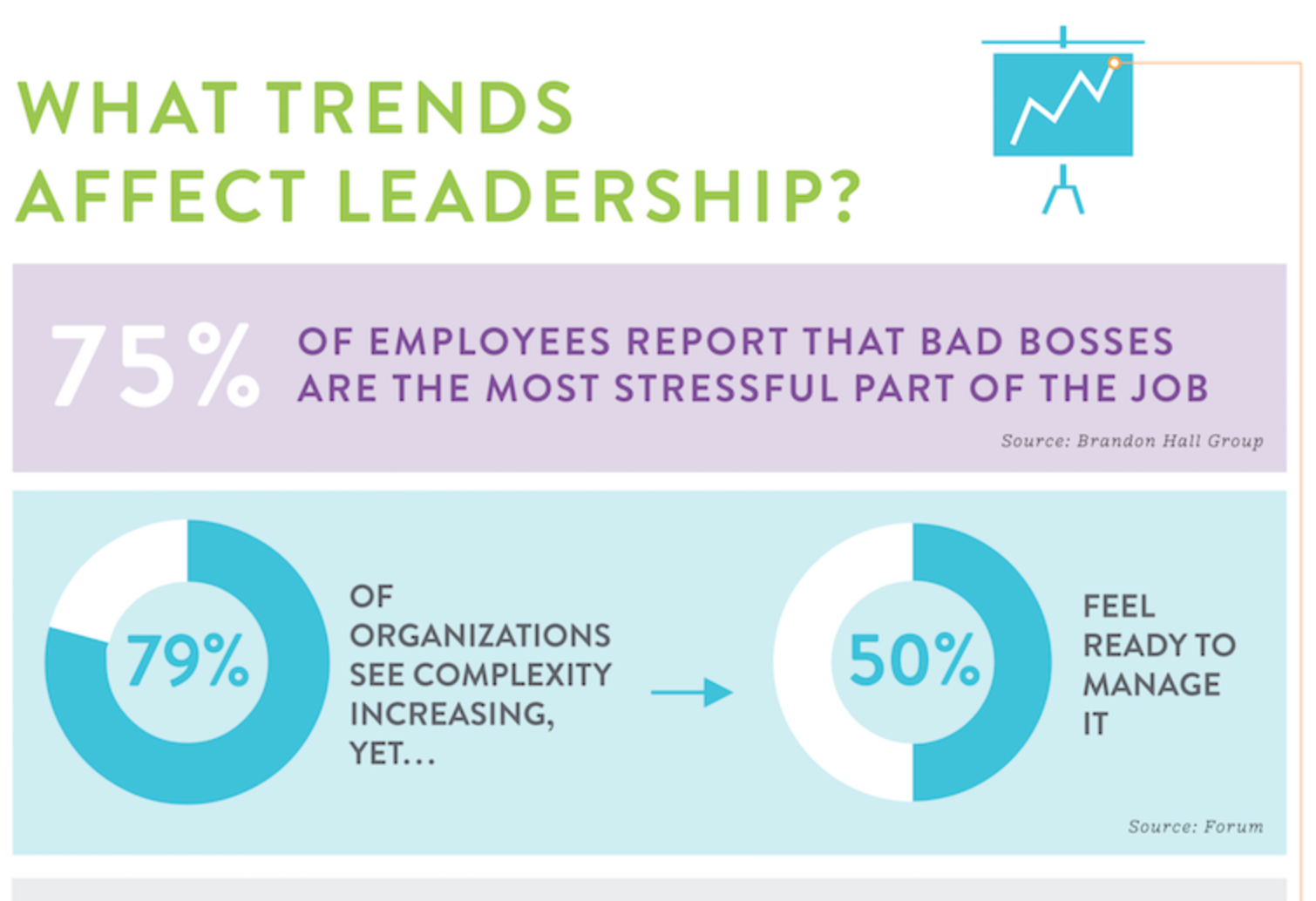
FlashPoint zeroes in on leadership development
Having spent 20 years consulting with businesses on HR and talent challenges, I have come to believe that the number-one indicator of business success isn’t your strategy, product, market share, quality processes or brand. It’s the depth and quality of your leadership.
That’s right: Without leaders to execute strategy, manage through dynamic change, and engage your employees, even the best businesses can become mired in mediocre performance. This is why, as part of our services at FlashPoint, we’ve helped our clients develop and hone their leadership competencies for years. More recently, though, we’ve found ourselves drawn into more and more leadership conversations, and we’ve seen the incredible impact leadership development can have on our clients. And so, FlashPoint is sharpening its focus on leadership and reshaping our brand to reflect this sharper focus.
We still work for increased business effectiveness; it’s just that now we’re attacking that challenge by zeroing in on leadership development as a means to increased business performance.
Why are we doing this? Because we’ve seen the need among our clients and in the marketplace. And because national studies show that leadership development is a problem for many businesses—a problem with a direct impact on the bottom line. In fact, research from Bersin by Deloitte shows that businesses with a strong leadership strategy post 12 times greater growth than those that don’t—which means businesses that don’t emphasize leadership are leaving a lot of opportunity on the table.
It doesn’t have to be that way. Businesses can improve their leadership capability and enjoy the resulting bottom-line boost. But doing so will require a change in the way they think about leadership. And the path to that change starts with accepting a couple of basic propositions.
First, we must accept that leaders are made, not born—in other words, that leadership is learned. It’s a dynamic skill that can be seeded and nurtured, and not some sort of genetic gift that one either has or doesn’t have.
Second, we must accept that leadership is integral to organizational success. As obvious as that might seem, it’s surprising how many businesses either consciously put other factors ahead of leadership in terms of importance or unconsciously make it a lower priority through a lack of investment or attention. Those in the last group might say they believe leadership is integral to success, but their actions don’t reflect that emphasis.
Let’s address that second point first. Some organizations, if asked to list what is most critical to their success, will say it’s their employees. Certainly, data confirms that people are key to success. However, if you look closely at those studies, you’ll find that most of them say the key to success is an engaged workforce. And what factors influence engagement? According to recent studies, an employee’s leader has the single biggest influence on his or her willingness to commit more deeply, stay with an organization, and give the extra discretionary effort that equates to better performance.
Leadership makes other impacts, too. Good leaders build brands. They build high-performing teams. They foster great cultures. They increase customer loyalty. They drive innovation and lead people through change. They multiply creativity and productivity. And, in times of difficulty, they replace fear and uncertainty with confidence and commitment.
So, invest in leadership and you’re investing in all of that. And the result? The same Bersin by Deloitte research suggests that organizations that have mature leadership development processes not only post the 12 times greater business growth mentioned above, but also 20 times greater employee retention, eight times greater bench strength, and seven times greater business results.
And if you fail to invest in leadership? According to The Ken Blanchard Company’s research, you face an average seven percent loss in revenue.
Of course, to address our first point—that leaders are made not born—I will acknowledge that you occasionally find someone who is more naturally inclined or well suited for leadership roles. However, that doesn’t mean leadership is some sort of “have or have not” scenario. On the contrary: leadership is a skill that can be unearthed and developed in people who are interested and willing to learn it.
The problem is, too many businesses continually search for leaders rather than develop them. Sometimes they find a winner; more often, they don’t. And when they come up short in the search for that one shining star, they often don’t have a Plan B.
That problem is more widespread than you might think. In fact, according to Deloitte’s “Global Human Capital Trends” 89 percent of organizations say leadership is a top and pressing problem, while a disproportionate few have a functioning leadership pipeline.
This leadership gap would be a problem in any marketplace or era, but I see this as a particularly troubling issue now, for a few reasons:
- Seventy-nine percent of organizations feel the complexity in their organizations will only increase, but only half feel prepared to manage it.
- While nearly half of the U.S. workforce will be Millennial talent within four years, only seven percent of companies report that they are excellent at developing Millennial leaders.
- Workplace trends are leading to a more egalitarian leadership approach—an approach that will require new training and skill.
- Despite saying they understand the importance of leadership, the majority of businesses admit that they do not have a steady supply of leaders, hold leaders accountable for developing successors, or have ready successors for their 10 most critical roles.
In this context, we at FlashPoint are calling for a new mindset around leadership development. We’re encouraging organizations to make leadership their number one priority and to nurture leaders for the future. We’re urging them to shed reactionary, episodic approaches to hiring leaders and to embrace instead a strategy-driven view of leadership development. We’re counseling them to abandon the annual-budget-driven spending on leadership development, and to commit to a long-term leadership investment. We’re pressing them to prepare leaders both “in place” and for their “next place” roles.
Adopting this new way of thinking will not just put leaders in place for today, but also create a system that continuously nurtures new leaders. And that will create a circle of success.
The marketplace has proven that this system works, and FlashPoint can help you embrace it.
Contact FlashPoint today to talk about how we can help you begin the process of developing leaders and building your leadership pipeline. Remember: 12 times greater business growth, 20 times greater employee retention, and seven times greater business results. With ROI like that, you can’t afford to ignore this priority any longer.
Sources:
Leadership Trends, The Forum Corporation. www.forum.com.
Global Human Capital Trends 2016, Deloitte University Press.
Kim Lamoureux, The Leadership Development Framework, Bersin by Deloitte webinar (Oakland, Calif.: Bersin by Deloitte, 2013).
Laci Loew, State of Leadership Development 2015: The Time to Act is Now, Brandon Hall Group, www.brandonhall.com.
Making the Business Case for Leadership Development, The Ken Blanchard Companies, www.kenblanchard.com.
Photo by Yann Cœuru with text overlay modification / CC BY 2.0











